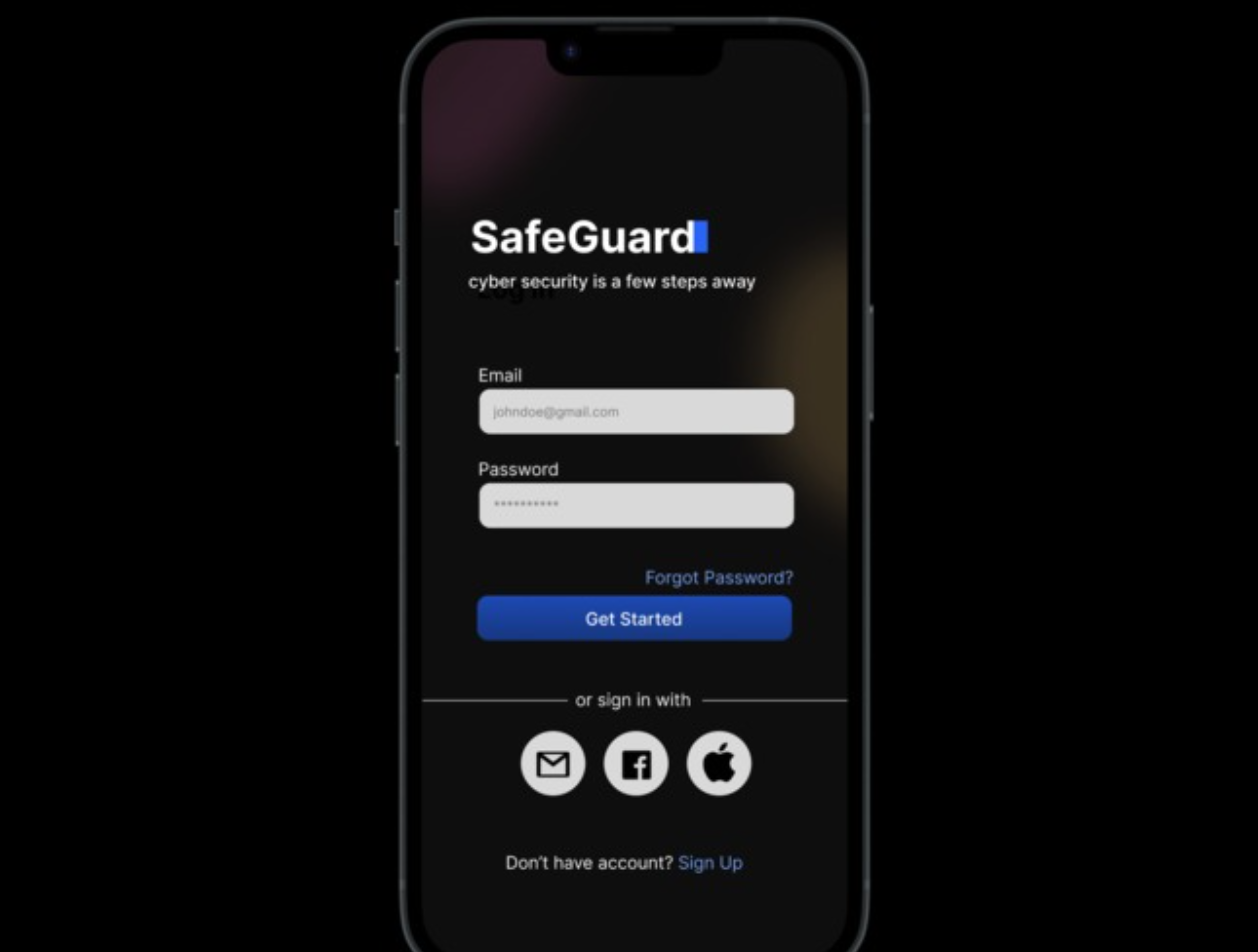Case Study - Safe Guard
SafeGuard is your key to a safer online environment. By prioritizing minority groups, while also empowering users to protect their mental well-being, we bring security to digital spaces.
- Industry
- Technology
- Year
- Service
- E-commerce

Challenge
The team that performs the best overall in both the Hack and Pitch categories. They have created a unique and innovative Hack, which encompasses the values presented by TechNova. All teams who submit a project, will be considered for this prize!
As teens on the internet, we are well aware of the effects of social media on mental health. Social media consistently promotes triggering content, such as mental health disorders, eating disorders and serious topics like suicide, to young viewers. A report from the Center for Countering Digital Hate found that vulnerable teenagers’ accounts were sent 12 times as many self-harm videos as standard accounts (The Times, 2022).
This is what created SafeGuard.
Young viewers and minority groups who are being profited off of with harmful content deserve a shield between them and the exploitative digital landscape, ensuring their online experiences are safe and empowering.
Solution

Image of application.
SafeGuard is based around a point system. User can climb up levels by using our features and practicing cyber safety habits.
Let's talk features
⭐ Triggering content detector
Our program possesses the capability to analyze a wide range of multimedia content, including videos and images, and determines if they need to be flagged due to potential triggering or sensitive material. This is our way of standing between our users and harmful or negative content they may be exposed to.
⭐ Impersonation detector
Users may upload and image of themselves for our program to search the web for similar or identical photo's, after which we provide links where those photos are used. This allows those with public, or even private accounts, to protect themselves from impersonation or doxing.
The large majority of the technology we used for SafeGuard we went into cold, with no experience.
For the trigger content detector, we used machine learning to build an AI model which we trained to recognize triggering words and sentence, along with positives ones. We then added features to feed media content to our model. This includes uploading images, then recognizing any text on the image and turning it into a string, and uploading video's to be turned into string-formatted transcripts, which can then be fed to our model to flag for negative words.
The Impersonation Detector uses a SerpAPI in conjunction with Google's reverse-image module to search the internet with an image and return links including the image. Our original attempt at this feature used DeepFace to detect identical faces in images, and we later had to scrap that idea and used Google's image search feature to our advantage.
Figma is a prototyping and design tool, which we used to map out the different screens and functions for our mobile application.
Technologies

JavaScript

HTML5

CSS3

Python

Figma

Mailchimp

Git
